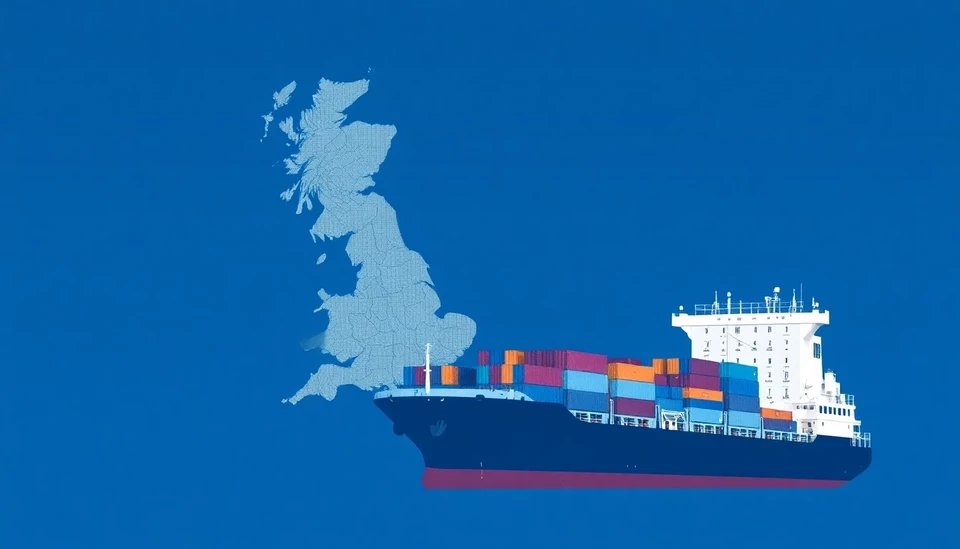
Recent shipping data has sparked an intriguing conversation around the patterns of trade and distribution, suggesting a potential shift that sees goods being increasingly diverted to Britain. As nations continue to navigate the tumultuous waters of global supply chains, analysts are keenly observing the implications this might have on the economy and trade dynamics.
The updates from shipping logistics indicate that certain commodities are witnessing altered shipment routes that favor ports in Britain. Observers noticed a downward trend in shipments toward traditional European hubs, while British ports exhibit a newfound uptick in activity. This noteworthy shift has led many experts to speculate about the underlying factors driving such changes, particularly in the post-pandemic world.
One major consideration is the impact of geopolitical tensions, which often drive businesses to seek more stable and reliable supply chains. The ongoing complexities around Brexit also remain at the forefront of discussions, influencing how companies strategize their distribution methods to bypass potential trade barriers.
Data analytics firms have pointed out that certain sectors, including textiles and electronics, show marked increases in shipping volumes headed to British ports. This could indicate a proactive response by businesses looking to alleviate potential disruptions that current international trade relationships present.
Moreover, the pattern suggests that Britain could be positioning itself as an alternate hub for goods destined for Europe, effectively becoming a "gateway" for further distribution across the continent. Retailers and manufacturers might be rerouting their supply chains through Britain, possibly due to favorable logistical advantages or less bureaucratic hurdles compared to direct shipments to the EU.
The ramifications of this trend could be extensive. If Britain successfully solidifies its status as a central player in European trade logistics, this could lead to increased investments in infrastructure and potentially reshape the competitive landscape of shipping routes across the continent. As businesses adapt to this new reality, it could result in further adjustments in pricing and availability for consumers.
In conclusion, the data reveals not just an intriguing snapshot of current shipping activities but also hints at the evolving dynamics of trade post-Brexit and amid global uncertainties. As stakeholders respond to these developments, continued scrutiny will be essential to understand the long-term impacts on the British economy and its relationship with European markets.
Stay tuned for further updates as this story continues to unfold. With the evolving landscape of global trade impacted by various factors, the true significance of this shipping data remains to be fully realized.
#ShippingData #TradeTrends #UKTrade #GlobalSupplyChain #EconomyUpdates #Brexit #Logistics #BusinessNews #ShippingRoutes
Author: Laura Mitchell




